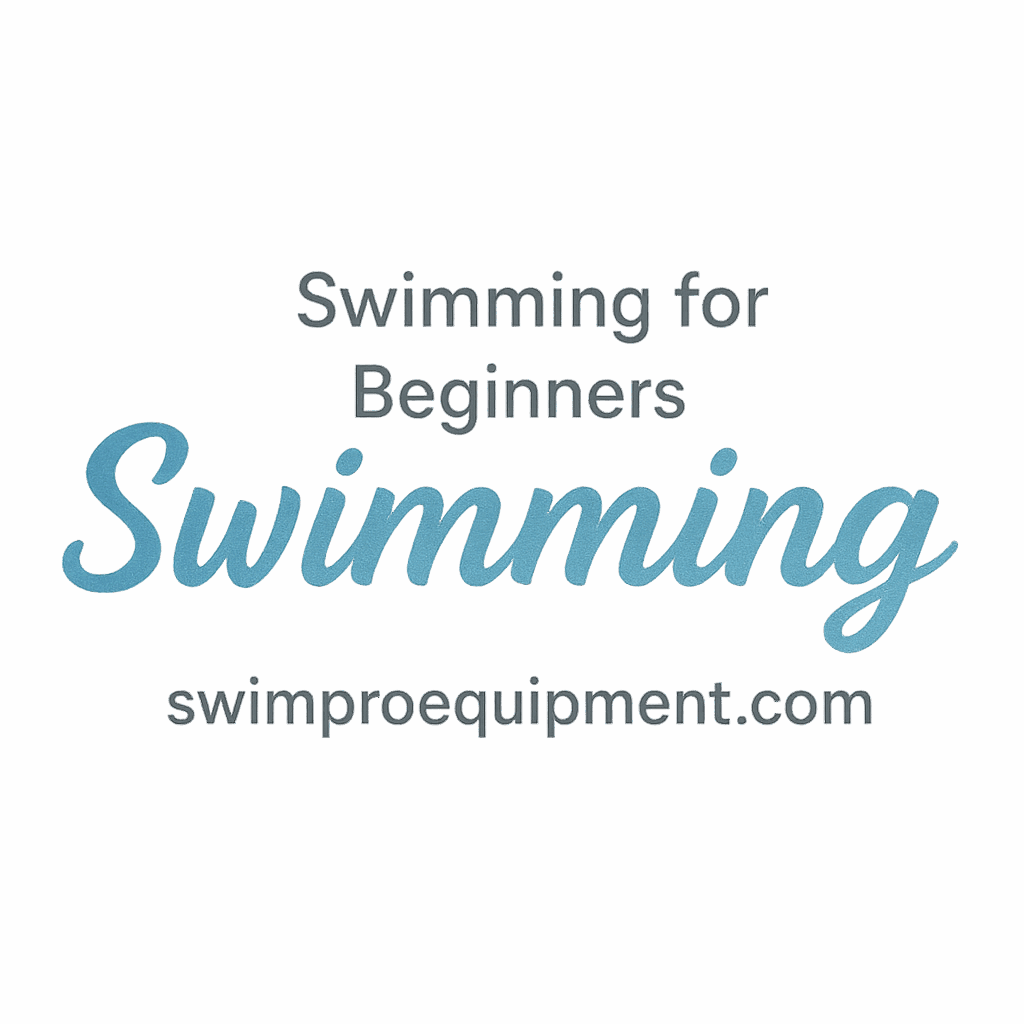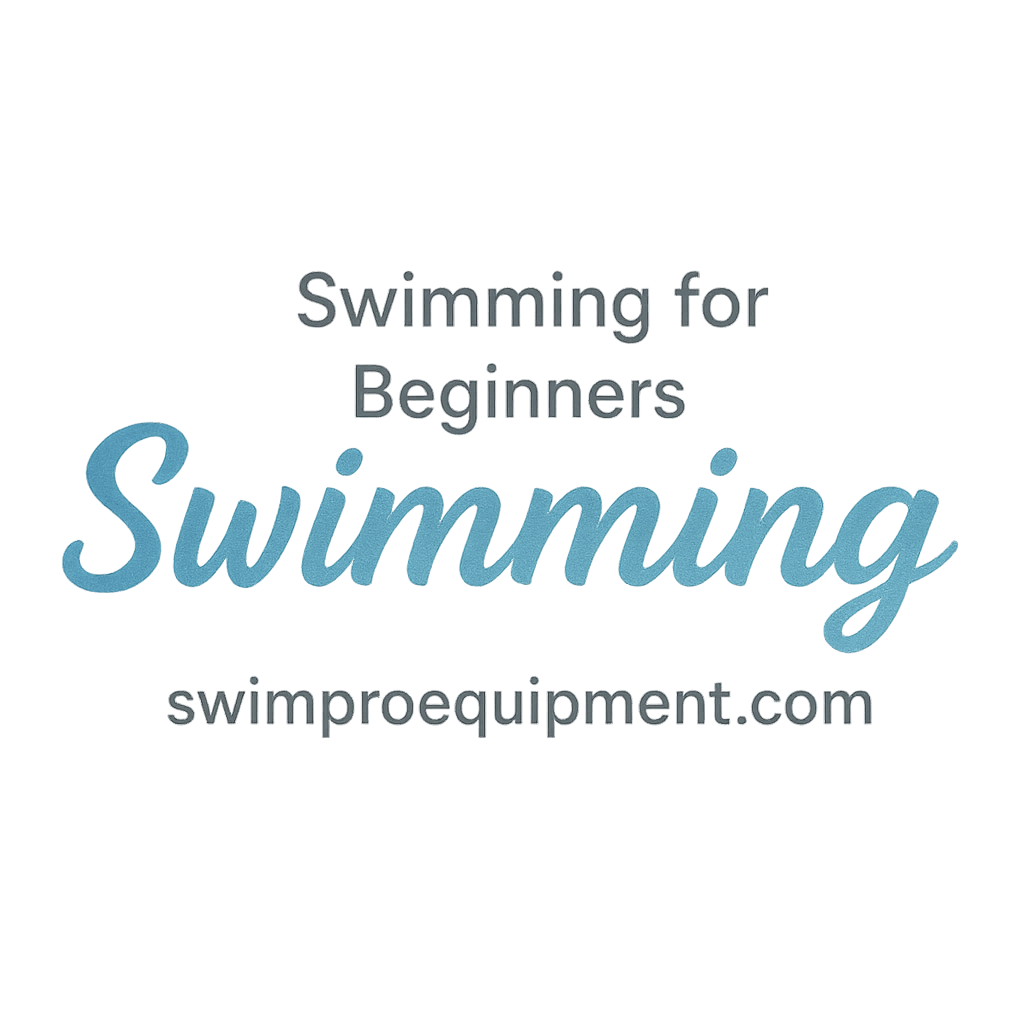Introduction
Swimming is not just a fun activity—it’s a journey that involves continuous learning and improvement. As you practice and grow in your swimming skills, there comes a time when you start to feel truly confident in the water. But how can you tell when you’ve reached this level? Well, there are several key signs that indicate you’ve made it to the next level as a swimmer. In this article, we’ll explore 6 signs you’ve become a confident swimmer, and what each sign means for your progress. Plus, we’ll provide useful tips on how to keep improving your technique and stamina.
Understanding Confidence in Swimming
Being a confident swimmer is more than just knowing how to float or complete a lap. Confidence in swimming means being at ease with your skills, your breathing, and your mental approach to water. It’s the feeling of control when you’re submerged in the pool or open water. Confidence allows you to overcome challenges like fear of deep water or struggling with stamina. For more details about how to build confidence in your swimming, check out this motivation progress for swim learners guide.
How Confidence Transforms Your Swimming Journey
Once you gain confidence in the water, your entire swimming experience changes. You stop worrying about your ability to stay afloat or finish your workout. Instead, you start to enjoy the rhythm of swimming, feel more in control, and push yourself to achieve better results. Confidence plays a huge role in progress—as you grow more assured, you naturally improve your techniques and increase your swimming endurance.
If you’re just starting out, it’s important to practice and follow proper techniques to lay a solid foundation. For beginner-friendly guidance, check out training workouts for beginners for a step-by-step approach to improvement.
Sign #1: You’re Comfortable in Deep Water
One of the first major signs that you’ve become a confident swimmer is your ability to swim in deep water without hesitation. In the early stages of learning to swim, many people struggle with a fear of deep water. However, when you’re a confident swimmer, this fear gradually fades. You feel at ease whether you’re swimming in a shallow pool or diving into deeper waters.
How to Build Comfort in Deep Water
To build comfort in deep water, you can:
- Start Gradually: Begin in the shallow end and slowly increase your depth as you feel more confident.
- Practice Floating: Use flotation devices to practice floating in deep water until you feel secure.
- Focus on Breathing: Maintaining calm, steady breaths helps to ease anxiety.
If you want to dive deeper into mastering swimming techniques and overcoming fears, you may find this article on swimming basics techniques helpful.
Sign #2: You Can Swim for Longer Distances
A confident swimmer isn’t just someone who can swim a few laps—they can swim for much longer distances without feeling completely drained. Whether you’re training for a competition or simply trying to improve your fitness, endurance is a key component of confidence.
Building Endurance for Long Swims
To boost your swimming stamina:
- Increase Distance Gradually: Begin by swimming shorter distances and progressively challenge yourself with longer swims.
- Alternate Strokes: Mix up your strokes to reduce fatigue and keep the swim interesting.
- Proper Rest: Take short breaks between laps to recover before pushing for longer distances.
Remember, swimming gear equipment that supports your body can help make longer swims more manageable.
Sign #3: You Swim with Less Effort
Efficient swimming is all about reducing effort while maximizing movement. As you become more confident in your swimming abilities, you’ll notice that you can swim longer distances with less exertion. This is a sign that your technique has improved, and you’re using your body more efficiently in the water.
Proper Body Positioning
To swim with less effort:
- Maintain a Streamlined Position: Keep your body as straight as possible to reduce drag in the water.
- Use Your Core: Engage your core muscles for better balance and propulsion.
- Fluid Movements: Focus on making each stroke smooth and controlled to avoid wasted energy.
Body positioning is key to improving your overall swimming technique. Learn more about body position and its impact on your swimming form.

Sign #4: You Have Mastered Breathing Techniques
Breathing can be one of the hardest parts of swimming, especially for beginners. But when you’ve become a confident swimmer, you’ve mastered the art of breathing efficiently without disrupting your rhythm. Good breathing is essential for maintaining energy and preventing fatigue.
Breathing Techniques for Maximum Efficiency
To improve your breathing technique:
- Exhale Fully Underwater: This clears your lungs and allows for a quick, deep breath when you turn your head.
- Practice Rhythmic Breathing: Breathe in and out in a consistent pattern, matching it with your strokes.
- Breathe from the Diaphragm: Make sure to take deep breaths from your diaphragm, not shallow ones from your chest.
If you need more help perfecting your swimming technique and breathing, you can explore swimming techniques and other related resources.
Sign #5: You Know How to Handle Setbacks
Swimming is challenging, and everyone faces setbacks. Whether it’s a bad practice session, a personal injury, or even a moment of self-doubt, confident swimmers know how to handle setbacks. They don’t let minor failures discourage them. Instead, they bounce back, learn from their mistakes, and keep pushing forward.
Mental Toughness in Swimming
To develop mental toughness:
- Stay Positive: Even when faced with challenges, focus on your progress rather than the mistakes.
- Setbacks are Normal: Understand that even experienced swimmers face difficulties. The key is how you recover.
- Stay Consistent: Stick with your training, even when you feel discouraged.
For more on staying strong in the face of challenges, check out our article on injury prevention and how to stay healthy in your swimming journey.
Sign #6: You Can Swim at Your Own Pace
One of the best signs that you’ve gained confidence in swimming is that you no longer feel the need to compete with others. You swim at your own pace, setting your own goals, and focusing on your personal improvement rather than comparing yourself to faster or more experienced swimmers.
How to Find Your Ideal Swimming Pace
To swim at your own pace:
- Listen to Your Body: Avoid the temptation to swim at the same speed as someone else. Go at a pace that feels comfortable for you.
- Focus on Technique: Ensure that your strokes are technically sound. This will help you maintain a sustainable pace.
- Track Your Progress: Use tools like swim trackers to monitor improvements in your time and distance.
For more on tracking your progress and improving your swimming fitness, refer to the section on tracking progress in our website.
Conclusion
Becoming a confident swimmer is not an overnight achievement. It’s a journey that involves overcoming fears, mastering techniques, and building both physical and mental endurance. As you recognize these 6 signs you’ve become a confident swimmer, take a moment to reflect on how far you’ve come—and remember that there’s always room for improvement. Keep swimming, keep training, and most importantly, enjoy every moment in the water!
Frequently Asked Questions (FAQs)
- How long does it take to become a confident swimmer?
- It varies for each individual. However, consistent practice over a few months can help you become more confident in your swimming abilities.
- Can confidence in swimming improve my speed?
- Absolutely! As your technique and endurance improve, your swimming speed will naturally increase.
- What should I do if I’m afraid of deep water?
- Gradual exposure, relaxation techniques, and practicing breathing can help you overcome your fear of deep water.
- How do I stay motivated to improve my swimming?
- Set small, achievable goals, track your progress, and celebrate improvements along the way.
- Is it normal to feel tired after swimming long distances?
- Yes, especially as you work on building endurance. Just ensure you’re taking enough rest between sets to recover.
- What can I do if I experience a swimming injury?
- Rest, proper recovery, and injury prevention strategies are essential for preventing and treating swimming injuries.
- How can I continue practicing swimming when I don’t have access to a pool?
- Dryland exercises and strength training specific to swimming can help you stay in shape. Look for swimming essentials for exercises that support your swimming skills.


